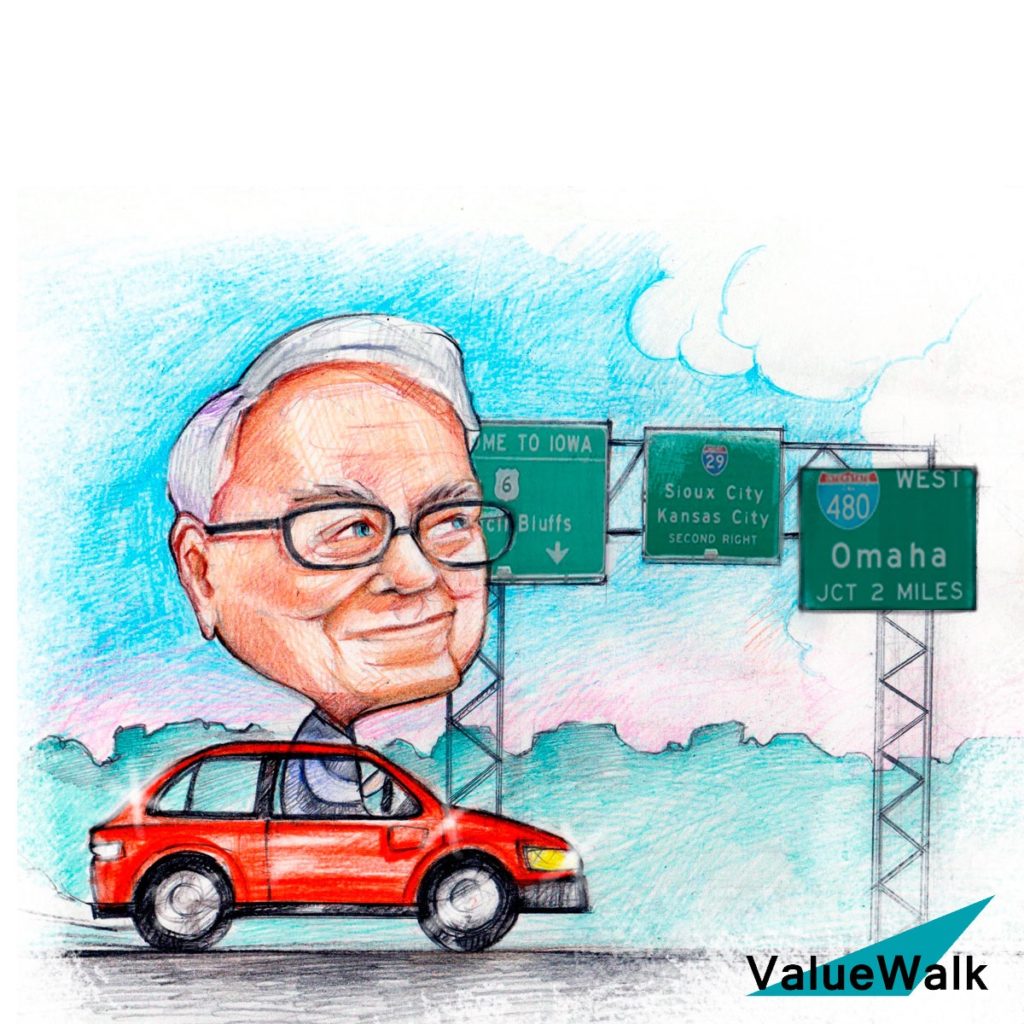Whitney Tilson’s email to investors discussing Berkshire Hathaway Inc. (NYSE:BRK.B)’s second-quarter earnings and my updated estimate of its intrinsic value; Update on HCI Group.
Q2 2021 hedge fund letters, conferences and more
Berkshire Hathaway's Second-Quarter Earnings
1) Berkshire Hathaway (BRK-B) reported second-quarter earnings on Saturday (here are links to the press release and 10-Q). As I do every quarter, I asked my longtime friend and former partner Glenn Tongue, who is the axe on the company, to share his analysis of it. Here's what he sent me:
In the second quarter, Berkshire Hathaway's earnings rebounded strongly from the COVID-impacted quarter a year earlier, led by the most economically sensitive business units: manufacturing, service, and retailing. Overall, noninsurance earnings soared 73%, while insurance earnings were down due to GEICO paying out more in claims as drivers returned to the roads. Here is the table from the 10-Q that shows the pre-tax earnings by segment:
CEO Warren Buffett and Vice Chairman Charlie Munger have built Berkshire over many decades into one of the world's largest businesses by wisely deploying the increasingly massive amounts of capital generated by the operating business (operating cash flow was a staggering $19.6 billion in the first half of the year, up from $17.5 billion year over year).
It's always instructive to analyze how Buffett and Munger allocate capital. Their first priority is to reinvest in the owned businesses, in the form of capital expenditures ($5.7 billion in the first half of year) and bolt-on acquisitions (a mere $104 million).
Their second preference is to buy high-quality businesses outright, but they haven't been able to find any so far this year, due, no doubt, to high valuations and competition from SPACs [special purpose acquisition companies] and private equity firms, which are flush with cash.
Their third option is to acquire fractional interests of high-quality businesses by buying their stocks, but, again, the price has to be reasonable. Buffett and Munger are telling us loud and clear that prices are too high, given that they've sold $8.6 billion of stocks in the first half of the year, and bought only $3.6 billion (thereby generating another $5 billion of excess cash to deploy).
Lastly, they've started buying back Berkshire stock in size, especially over the past year, as you can see in this chart:
The inter-quarter repurchases patterns give insight in their valuation thresholds. The current sweet spot for repurchasing seems to be around $290 per B-share, as repurchasing activity materially slowed above that level in May.
Thank you, Glenn!
Berkshire's Intrinsic Value Update
2) Regarding Berkshire's intrinsic value, I've used a consistent and simple methodology – one that I think CEO Warren Buffett himself uses – to value Berkshire for more than two decades: Take cash and investments (valued at market) and add the value of the wholly owned operating businesses, calculated by applying a conservative multiple (I use 11 times) to the pre-tax earnings of those businesses.
This table shows how I calculate Berkshire's investments per share:
Adjusting the stock portfolio upward by the 3.4% increase in the S&P 500 Index since the quarter ended on June 30 yields investments per share of $329,000 currently.
To value the wholly owned businesses, here are the figures I use to calculate their earnings:
Note that I subtract all of the underwriting and investment profits from Berkshire's massive insurance operations but add back a rough estimate of the average insurance underwriting profits over the past decade ($1.4 billion annually).
This results in $16,759 for the trailing 12-month adjusted pre-tax earnings per share, to which I apply a multiple of 11 times to arrive at a value for the operating businesses of $184,000 per share.
Now add the $329,000 in cash and investments per share for a total intrinsic value of $513,000 per A-share (or $342 per B-share).
With the A-shares closing Friday at $430,160, that means the stock is trading 16% below my estimate of its intrinsic value.
Update On HCI Group
3) In my June 11 e-mail, I wrote:
Justin Hughes of hedge fund Phase 2 Partners just sent me a bullish report he prepared on insurer HCI Group (HCI), Unlocking a Flood of Value: TypTap + HCI = $300+, which he gave me permission to share first with my readers.
I haven't done the work on HCI Group personally. But I do not doubt that Justin's analysis is correct, given his more than two-decades-long track record doing long-short investing in the financial services sector. I first met him when he spoke at my shorting conference in May 2018, where he pitched the online trading platform Plus500 (PLUS.L), which subsequently declined by 66%.
HCI shares closed that day at $91.
On Thursday, the company reported strong second-quarter earnings and disclosed that it has filed a draft registration statement to take public its subsidiary, TypTap Insurance Group, just as Justin predicted. On Friday, the stock closed up 18% at $115.64.
I e-mailed Justin for an update, and he replied:
With the company confirming the filing of an S-1 to take TypTap public, this is playing out faster than we anticipated. We believe that TypTap, which is profitable, will compare very favorably to its InsurTech peers, all of which report losses.
Even before the initial public offered is completed, as investors come to realize how highly TypTap is likely to be valued, we believe HCI shares will rise to over $200.
Thanks for sharing this great idea with my readers, Justin!
Best regards,
Whitney














